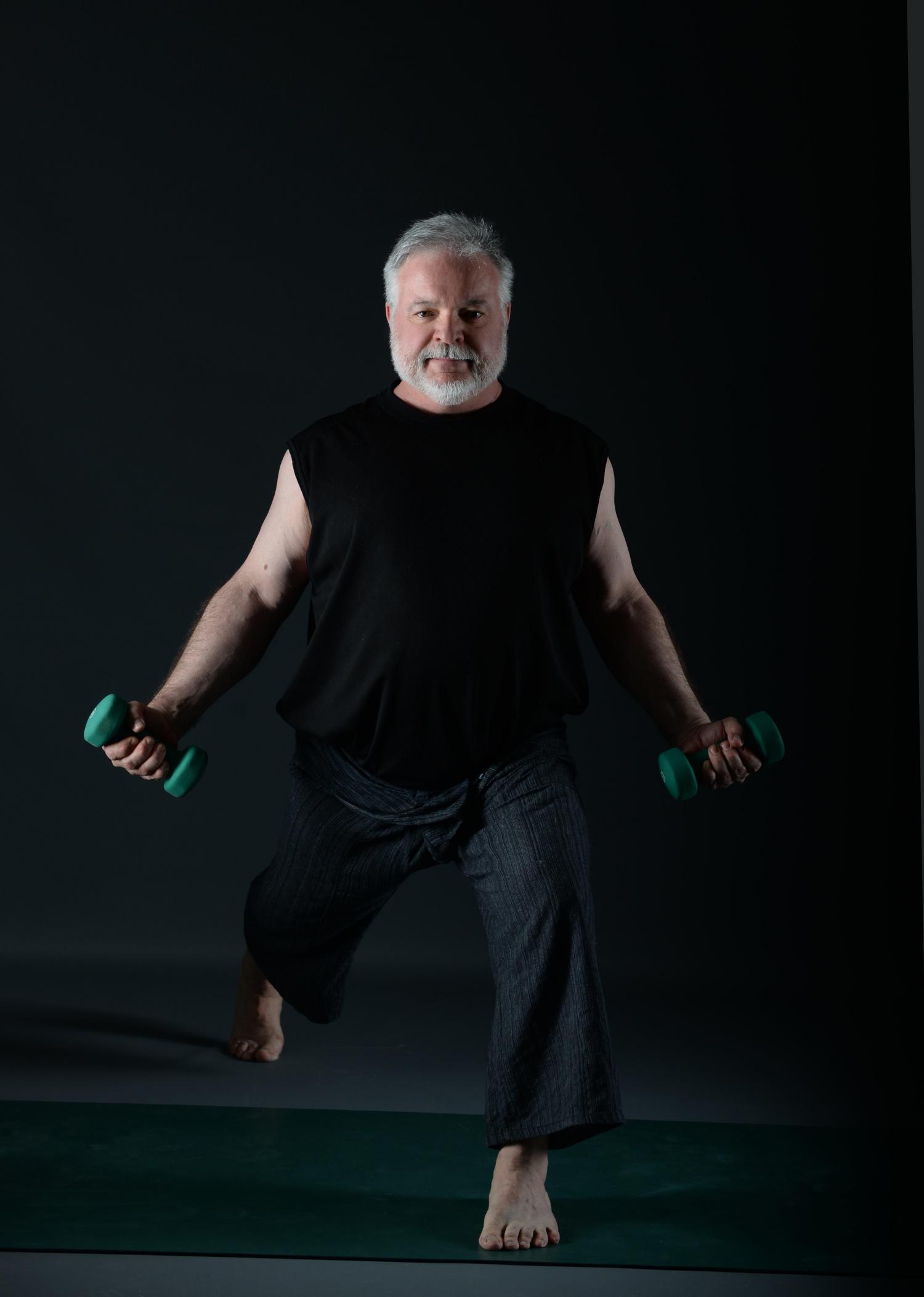
Weight exercises more beneficial than drugs for osteoarthritis
Arthritis is the most common cause of disability in Canada resulting in both poor quality of life and workplace limitations. Arthritis burdens the personal lives of those living with the condition and on the lives of their families.
Pain management is recognized as one of the most important aspects to address the burden of the disease. A new study shows that weight bearing exercises offers long-term relief of symptoms.
The Arthritis Alliance of Canada identifies arthritis is a chronic disease that has a devastating and debilitating effect on the lives of more than 4.6 million Canadians. Osteoarthritis (OA) is the most common form of arthritis, affecting 1 in 8 (13%) Canadians and has a significant impact on long-term disability. Arthritis brings with it a burden of pain and disability that those living with this disease have to face every day. The main symptoms of arthritis are joint pain, stiffness and swelling, which result in significant disability and poor quality of life.
Treatments for OA are limited. Sufferers have a choice of joint replacement, lowering their body weight, and pain management. Weight reduction has been shown to not only prevent the development of OA but also improve symptoms among those who are already living with the condition.
Obesity is considered the most modifiable lifestyle choice that can improve knee OA. Nonetheless, nearly 1 in 100 (or 300,000) Canadian adults (aged 20+ years) have experienced at least moderate to severe pain limiting their activities due to OA. The Arthritis Alliance of Canada considers pain management as one of the key goals for symptomatic relief of hip and knee OA.
A new study published in the April, 2017, issue of Osteoarthritis and Cartilage may provide hope to knee OA sufferers.
The usual approach to pain management for knee OA consists of analgesics and anti-inflammatory drugs that can have long term health effects. This study compared the outcome of one year treatment of drug therapy compared to weight bearing exercising on early knee OA patients.
Ninety-three patients of about 58 years were divided into two groups. One group received optimized analgesics and anti-inflammatory drug therapy. The other group participated in two times a week weight bearing exercising.
The results were striking. Overall the weight bearing exercise group had larger improvements than the drug therapy group after one year. The weight bearing exercise group had significantly better results for long term relief of symptoms such as swelling, stiffness, catching, and noise while avoiding the side effects of drug therapy.
These results point to a promising approach to long term pain management of knee OA and possibly OA in general. By including a regular regime of weight bearing exercise, such as yoga or weight lifting, the burden of OA symptoms may be alleviated.













